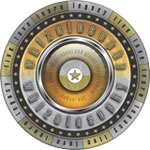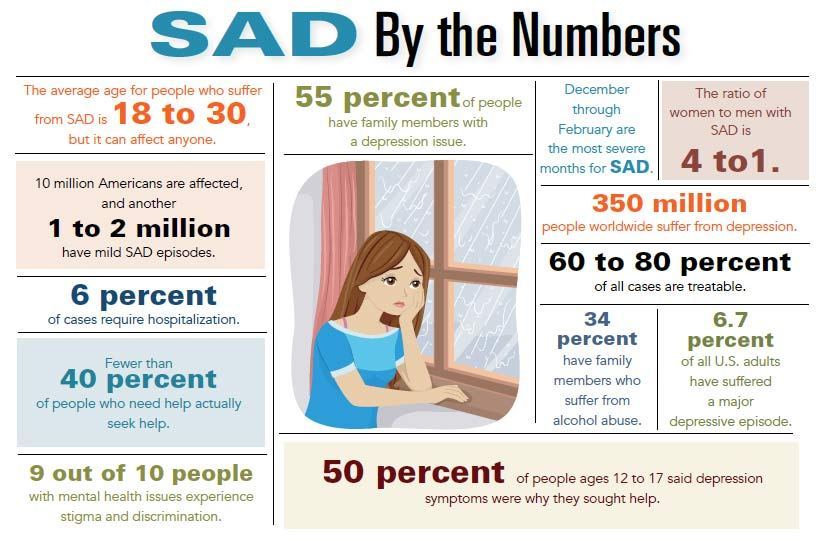- Abuse & The Abuser
- Achievement
- Activity, Fitness & Sport
- Aging & Maturity
- Altruism & Kindness
- Atrocities, Racism & Inequality
- Challenges & Pitfalls
- Choices & Decisions
- Communication Skills
- Crime & Punishment
- Dangerous Situations
- Dealing with Addictions
- Debatable Issues & Moral Questions
- Determination & Achievement
- Diet & Nutrition
- Employment & Career
- Ethical dilemmas
- Experience & Adventure
- Faith, Something to Believe in
- Fears & Phobias
- Friends & Acquaintances
- Habits. Good & Bad
- Honour & Respect
- Human Nature
- Image & Uniqueness
- Immediate Family Relations
- Influence & Negotiation
- Interdependence & Independence
- Life's Big Questions
- Love, Dating & Marriage
- Manners & Etiquette
- Money & Finances
- Moods & Emotions
- Other Beneficial Approaches
- Other Relationships
- Overall health
- Passions & Strengths
- Peace & Forgiveness
- Personal Change
- Personal Development
- Politics & Governance
- Positive & Negative Attitudes
- Rights & Freedom
- Self Harm & Self Sabotage
- Sexual Preferences
- Sexual Relations
- Sins
- Thanks & Gratitude
- The Legacy We Leave
- The Search for Happiness
- Time. Past, present & Future
- Today's World, Projecting Tomorrow
- Truth & Character
- Unattractive Qualities
- Wisdom & Knowledge
Happiness Tuesdays
How to Be Happy When the Weather Gets to You
Summer's ending, and with it, the era of long sunny days. Enter rain, gloomy skies, and snowy days. For many of us, this simply means getting cozy, but for others, the negative weather can drag down any sense of joy or happiness in life.
Seasonal Affectiveness Disorder is real, serious, and very common. It brings symptoms of depression, anxiety, and can have a very real impact on people's lives.
Luckily, there are ways to combat it, and continue choosing to be happy.
1. Buy a sunlight lamp! Available on Amazon, you can buy lamps that are designed to give off light to lift up your spirits and encourage you!
2. Exercise -- regular movement will significantly boost your endorphins and your mood.
3. Eat healthy. A well balanced diet can have a drastic impact on your mood and help you feel and be your best self.
4. Practice self care. Listen to your body and mind. If you need a break, take one. If you need some space, retreat for a couple of days. Take time to relax, have fun, and care for yourself.
As much fun as the summer is, it's still only 1/4 of the year -- and of your life! Don't let the rest of your precious time disappear miserably. Make the most of every day.
Interesting Fact #1
60-90% of people experiencing Seasonal Affective Disorder are female.
Interesting Fact #2
Between 50-80% of SAD victims who use light therapy to treat their symptoms experience a full loss of symptoms.
Interesting Fact #3
Seasonal Affective Disorder can be treated with medication.
Quote of the day
It is during our darkest moments that we must focus to see the light.
Article of the day - Don’t be Sad: how to beat seasonal affective disorder
If you live in the northern hemisphere, the ever darker days may be getting you down. Britain, in particular, has just experienced an “exceptionally dull” November, according to meteorologists at the University of Reading, who saw just 18 hours of sunshine in the whole 30 days. Are you worried you may have what doctors call seasonal affective disorder, or a milder case of “winter blues”? And in either case, what can you do about it?
Ever since my colleagues and I first described seasonal affective disorder (Sad) at America’s National Institute of Mental Health in the mid-1980s, it was obvious that we were not dealing with an all-or-nothing phenomenon, but with a spectrum of emotional and behavioural problems linked to the seasons. At one extreme are people with Sad, who struggle during the short dark days of winter, sometimes to a disabling degree. At the other are those who wake up cheerfully, rain or shine. In between are those with the winter blues. They manage with difficulty during the dark days but are less joyful, productive and creative than usual.
How common are these problems? In a study conducted in Maryland (39 degrees north), we found that at least 4.3% of the adult population appeared to suffer from Sad, while about three times as many had the winter blues. The problem is almost certainly far worse in the British Isles, well known for cloudy winters, and with London at 51 degrees north. Perhaps that’s why Britain’s Seasonal Affective Disorder Association has been so busy since the problem was first recognised.
What’s the difference between Sad and winter blues? The degree of dysfunction is key. People with Sad suffer setbacks in their relationships and at work as they withdraw from friends and loved ones, as energy flags and concentration falters; and they are significantly unhappier. People with the winter blues tend to manage with life’s basic demands, albeit with difficulty.
But these two groups are by no means clearly demarcated. Pile the stress on to someone with the winter blues (longer work hours, tighter deadlines, a poor performance rating) and – hey presto! – the winter blues can turn into Sad. Or a person with Sad who retires – and can therefore sleep in and take it easy – may feel better, with just a mild case of the winter blues. In other words, seasonal vulnerability varies both from person to person (perhaps on a genetic basis) and from one situation to another.
The good news is that whether you have Sad or winter blues, it is possible to live a full and active life all year round. Here are eight tips for treating both conditions.
1. Recognise the problem
Early signs can be subtle. Decreased energy, fatigue, wanting to sleep more, craving sweets and pasta, slacking off at work – all classical symptoms of Sad or the winter blues – can easily be attributed to other causes. Catch it early, and you’re ahead of the game.
2. Get more light
Go for a walk on a bright winter day (morning is often best). Bring more light into your home. Trim the hedges around your windows and clean the panes of any grime that has accumulated since last winter. Make at least one room in your home the bright room to which you can retreat on a dark winter’s day. Put your bedside lamp on a timer that turns it on half an hour before you are due to wake up. Better still, get a dawn simulator (they make great gifts), which will gradually light up your bedroom in the morning.
3. Invest in a light box
If these simple measures don’t work, consider getting a light fixture specially geared towards helping people with Sad. Here are a few things to remember in choosing a suitable light box. The best-researched boxes have fluorescent light bulbs behind a screen that filters out UV light, and an illuminated area of at least one square foot. Again, morning treatments are best – the earlier, the better. Like all active treatments, light therapy can have side effects including headaches and eye strain, irritability and insomnia (especially when used late at night).
4. Get up early, keep busy …
… and be sure to plan pleasant events for yourself. Evidence shows that questioning and confronting negative thoughts and doing things that lift your spirits really do help.
5. Get moving
Exercise can work wonders, especially if you combine it with bright light – like taking a brisk stroll in the morning or working out in front of a light fixture.
6. Improve your diet
Avoid high-impact carbs such as pure sugars or white starches. You may crave them, and they may provide a temporary boost, but they’ll lead to the release of insulin, drops in blood sugar and therefore more cravings – a yo-yo pattern of unhealthy eating that causes weight gain and puts you at risk of diabetes and other metabolic problems. Low-impact carbs such as unprocessed oats, legumes, almonds and walnuts are better, as are high-protein foods, which help keep sweet cravings down.
7. Meditate
While there are no published studies to support the value of meditation in Sad, there are too many anecdotal reports to ignore.
8. Talk to a professional
There are limits to self-help. Consult a doctor if your winter symptoms are significantly disrupting your personal or work life, or you are very unhappy. There is a role for medication if symptoms become severe enough.
Question of the day - Does the weather affect you?
The Search for Happiness
Does the weather affect you?










